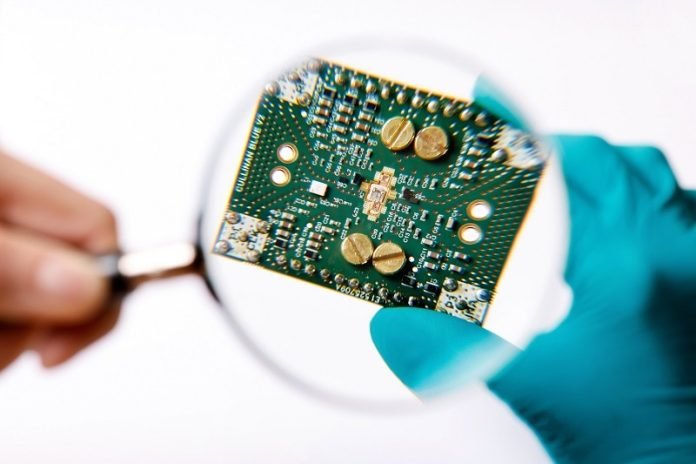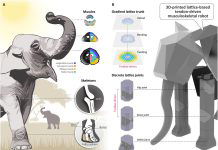
In the race to unlock the future of computing, scientists are taking a chilly dive into the unknown.
Imagine a computer so powerful it can solve problems that would take traditional computers centuries, from uncrackable codes to simulating the mysteries of the universe.
This isn’t science fiction—it’s the promise of quantum computing.
But there’s a catch: to work, these quantum computers need to stay colder than the heart of Antarctica, nearly as cold as outer space itself!
Quantum computers use tiny particles called “qubits” to perform calculations. These qubits are like super-smart chameleons that can change their properties and work together in ways that are downright magical.
But this magic only happens at super cold temperatures, almost touching -273°C, or absolute zero. Why so cold?
Because even a whisper of heat can make the qubits lose their cool, literally, messing up the calculations.
Until now, keeping these qubits cold was like trying to keep an ice cube from melting in the desert.
Scientists used special fridges to cool a handful of qubits, but as you add more qubits to increase the computer’s power, you face a big problem: wiring. More qubits mean more wires, and more wires mean more heat, which is a big no-no for quantum computing.
Enter the heroes of our story: researchers from Fujitsu and QuTech. They’ve come up with a brilliant idea: why not cool down not just the qubits but the whole computer?
This way, they can pack in millions of qubits without the wiring headache. But there’s a twist—most electronics can’t handle the deep freeze; they’re designed for much warmer conditions.
So, these innovative minds developed a new kind of electronic circuit that can brave the extreme cold. These circuits, called cryo-CMOS controllers, are specially made to work at the frigid temperatures needed for quantum computing.
They’re a game-changer because they need fewer wires to connect the qubits, which means we can finally dream of building bigger and better quantum computers.
By cooling the entire system, the researchers are tackling the “wiring bottleneck,” a major hurdle in scaling up quantum computers. This breakthrough means we’re a step closer to quantum computers that can tackle huge problems, from designing new medicines to solving complex climate models.
This isn’t just a technical victory; it’s a glimpse into a future where quantum computers could change the world.
The work of these scientists from Fujitsu and QuTech, soon to be shared at an IEEE conference, might just be the key to unlocking the full potential of quantum computing. So, as we stand on the brink of a new era in computing, let’s give a cool nod to the power of thinking outside the box—or, in this case, inside the fridge.
Source: KSR.



